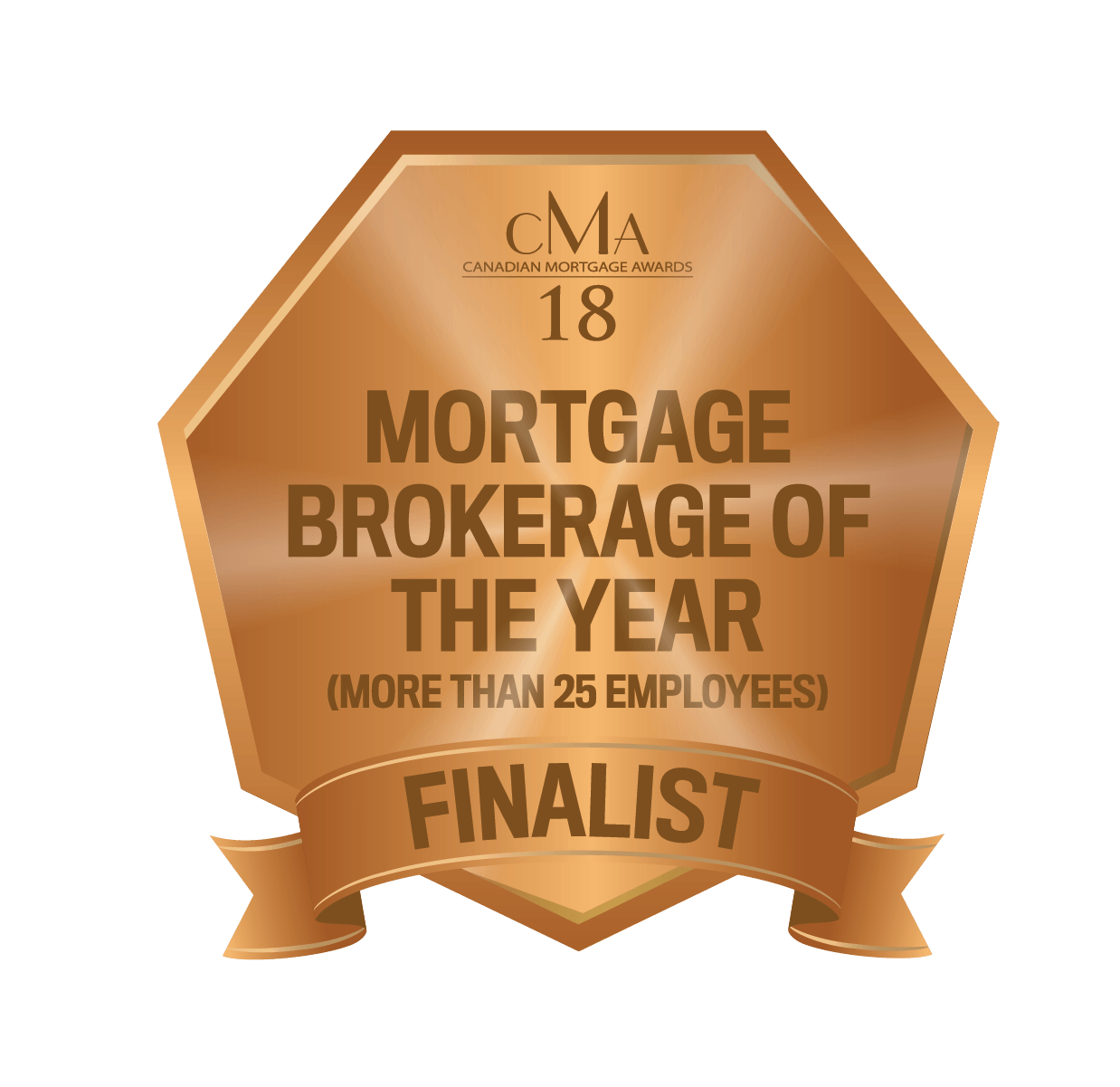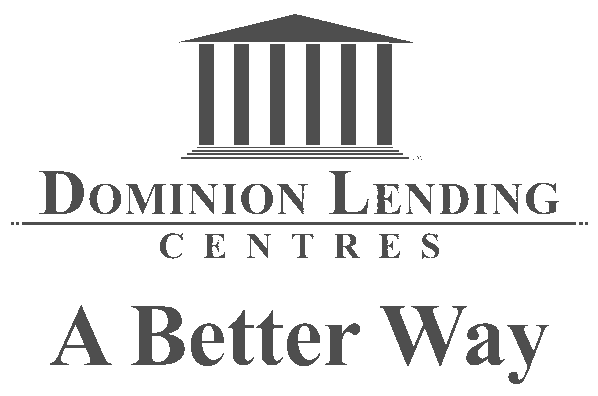Nisha Lalwani
DLC - A BETTER WAY
LET’S WORK TOGETHER TO GET YOU THE BEST MORTGAGE AVAILABLE
Mortgage financing doesn't have to be difficult. We can do this together, here's the plan...
STEP ONE
Get Connected
STEP TWO
Evaluate Options
Hello, I am Nisha Lalwani, I have been a broker since 2011 and my ultimate goal is to help you make your dream of home ownership come true in an effortless manner. As I work with a lot of first time homebuyers and clients who are new to Canada, I understand the unique challenges in getting financing for them. Being an immigrant myself, I have first hand experience of what it feels like to settle in a new place, and how buying a home makes you feel more established in Canada.
Having a multicultural background, being of east Indian descent but being raised in the Philippines I am fluent in several languages including Tagalog (Filipino), Hindi/Punjabi and of course English.
I was influenced to become a mortgage broker after watching someone who was 20+ years in the industry help my sister-in-law obtain her mortgage when the banks had already declined her. I wanted to make that kind of difference in peoples lives! And I am proud to say that I have had professional experiences like that already and I look forward to many more in the future.
If you are looking for a mortgage expert who is dedicated to excellent customer service, is transparent and straightforward and will be 100% honest with you (even if it hurts) then please consider contacting me. I would love to work with you!



Want to get started right away?
"Nisha, helped us buy our parents home despite the challenges as well as our home and we are so thankful!"







